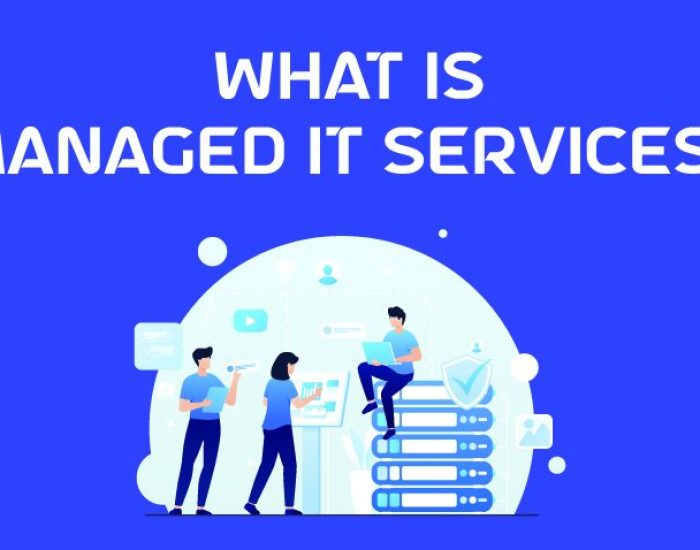Keeping Your SaaS Secure: 6 Things You Can Do Now to Prepare
Security is one of the top concerns among Security as a Service (SaaS) customers. It’s a problem that many SaaS vendors struggle with, and for a good reason.
As more businesses move their processes to the cloud, hackers see this as an opportunity to exploit security vulnerabilities and steal sensitive data. For this reason, keeping your SaaS secure is no longer just about staying compliant with regulations like the GDPR (General Data Protection Regulation). It’s now about protecting your customers and your business from cyber-attacks. With so much on the line, it’s important now more than ever to take the steps needed to protect your SaaS from potential threats in the future.
How secure is your SaaS? How prepared are you for a cybersecurity attack? You can find out with our free whitepaper! Inside, you’ll learn all about the major cyber threats of 2022, such as the evolution of ransomware, the rise of cloud apps, and more. You’ll also find out the biggest challenges facing today’s SaaS businesses and how to overcome these issues. Finally, you’ll get actionable insights and tips you can use today to keep your SaaS secure.
This blog post in particular will outline the six simple ways to keep your SaaS secure while reducing operational risks and liability.
So, what exactly is SaaS Security?
When we talk about SaaS security, we’re referring to the various ways you can protect your software against threats. This can include software and hardware solutions that help prevent and identify cyber-attacks. When it comes to SaaS security, there are three main components you need to think about: data, infrastructure, and people.
Data security refers to the privacy and security controls that prevent unauthorized parties from accessing sensitive data. Infrastructure security refers to the resilience of the hardware and networks that power your SaaS. People security refers to the policies and procedures that prevent employees from unintentionally introducing vulnerabilities into your software. Essentially, SaaS security is all about keeping your customers’ data safe and your own.
6 SaaS Security Best Practices
Whether you’re testing a new tool or releasing a new feature, it’s crucial to consider your SaaS security. To maintain the security and privacy of your data, keep the following best practices in mind.
1. Encrypt your Data
Your technological stack’s top priority should be encryption at all layers. In the event of a breach, effective encryption makes sure that consumer data isn’t quickly publicly disclosed.
Customers’ concerns about their data protection are growing as high-profile leaks like the Cambridge Analytica incident occur more frequently. By discussing your encryption policies, reassure your clients that your solution always protects their sensitive billing information.
Use one of the many popular encryption techniques to ensure that the information you rely on isn’t kept in plain text.
2. Give Priority to Privacy
Most compliance and regulatory processes demand privacy and security declarations, but that isn’t their only use. It teaches your team and customers how to handle important data by developing a strong statement for your product.
Develop your privacy policy by defining the specific details that need to be included in it with the help of your development and legal teams.
3. Educate Your Clients
By 2020, 95% of cloud security problems will be the clients’ fault, predicts a Gartner study. Make sure you actively reach out to individuals whenever you are onboarding new clients or send critical updates to existing ones to explain how this may affect their security.
Most customers are unaware of the implications of this shift toward a totally cloud-based architecture, which is being made by an increasing number of SaaS providers. Ensure your consumers understand how to protect their information to reduce security concerns and limit risks.
 4. Backup User Data in Several Locations and Isolated Backups
4. Backup User Data in Several Locations and Isolated Backups
Effective client data management is crucial because many firms aren’t prepared for impending data breaches. By creating multiple copies of your data, you can assure that no one system failure will compromise your security.
Many cloud platforms on which SaaS businesses rely on as a part of their product will offer this functionality. Still, you must be vigilant about backups to prevent potentially catastrophic losses of customer data.
5. Use More Robust Passwords
Many people still use the same password for each login, even though they know the risks involved. By requesting stronger passwords from users when they create accounts, you can stop them from exposing your data to possible cyber criminals. Consider establishing case-sensitivity rules and authentication mechanisms.
An emphasis on security will only become more crucial as the subscription economy develops. As your business expands, always re-evaluate your present procedures to ensure that you are maintaining compliance.
6. Speak With a Cyber-security Company
Third-party security organizations can provide essential industry knowledge about what you need to do to keep your platform secure. Their testing procedures ensure that your infrastructure, network, and software are always safe. These third-party suppliers can assist you in developing plans for if and when a breach occurs while you are building your product.
Conclusion
Making sure the user data in your SaaS product is secure requires more than a one-time effort; it must become integrated into your company’s culture. The first step is to select the best SaaS cloud security solution for you. Implementing new security measures is the second phase, an ongoing activity you must regularly perform to keep up with the always-changing threat landscape.
Download our white paper, “Cybersecurity Risks of 3rd Party Cloud-Apps in 2022” to understand the SaaS and cloud cyber-threat landscape in 2022 and how you can mitigate those risks. Also, keep reading our blogs for more information on cybersecurity.






